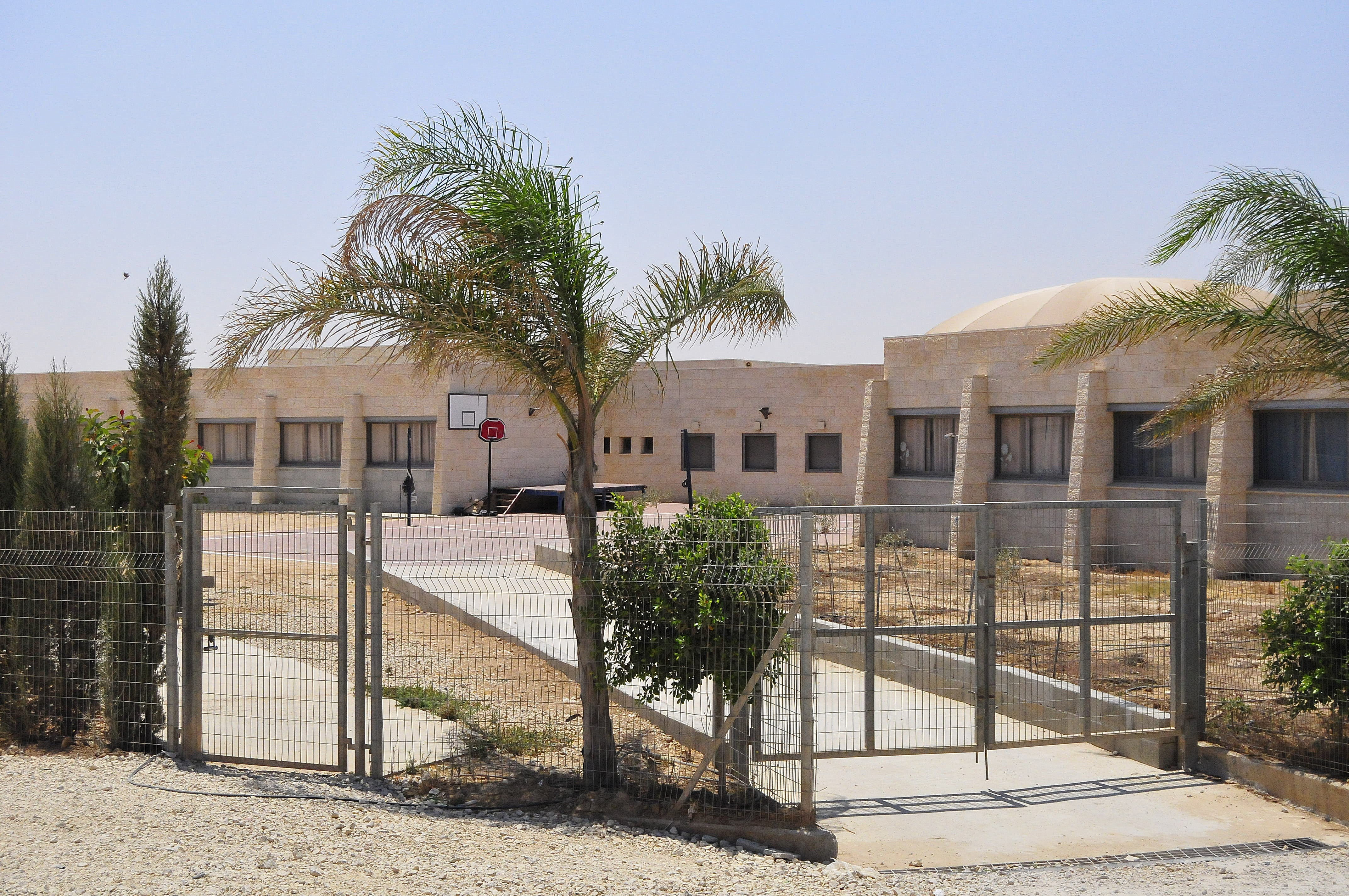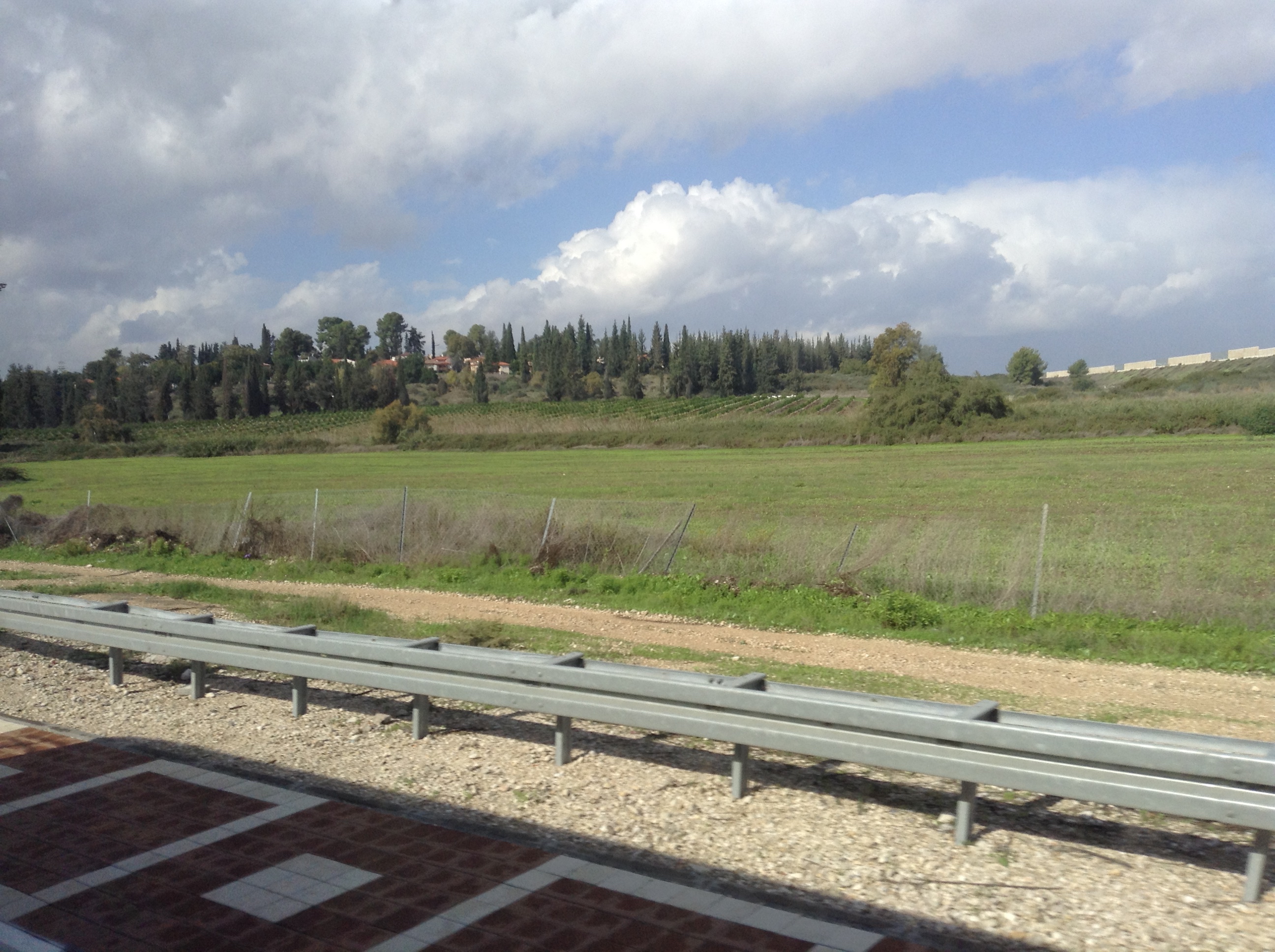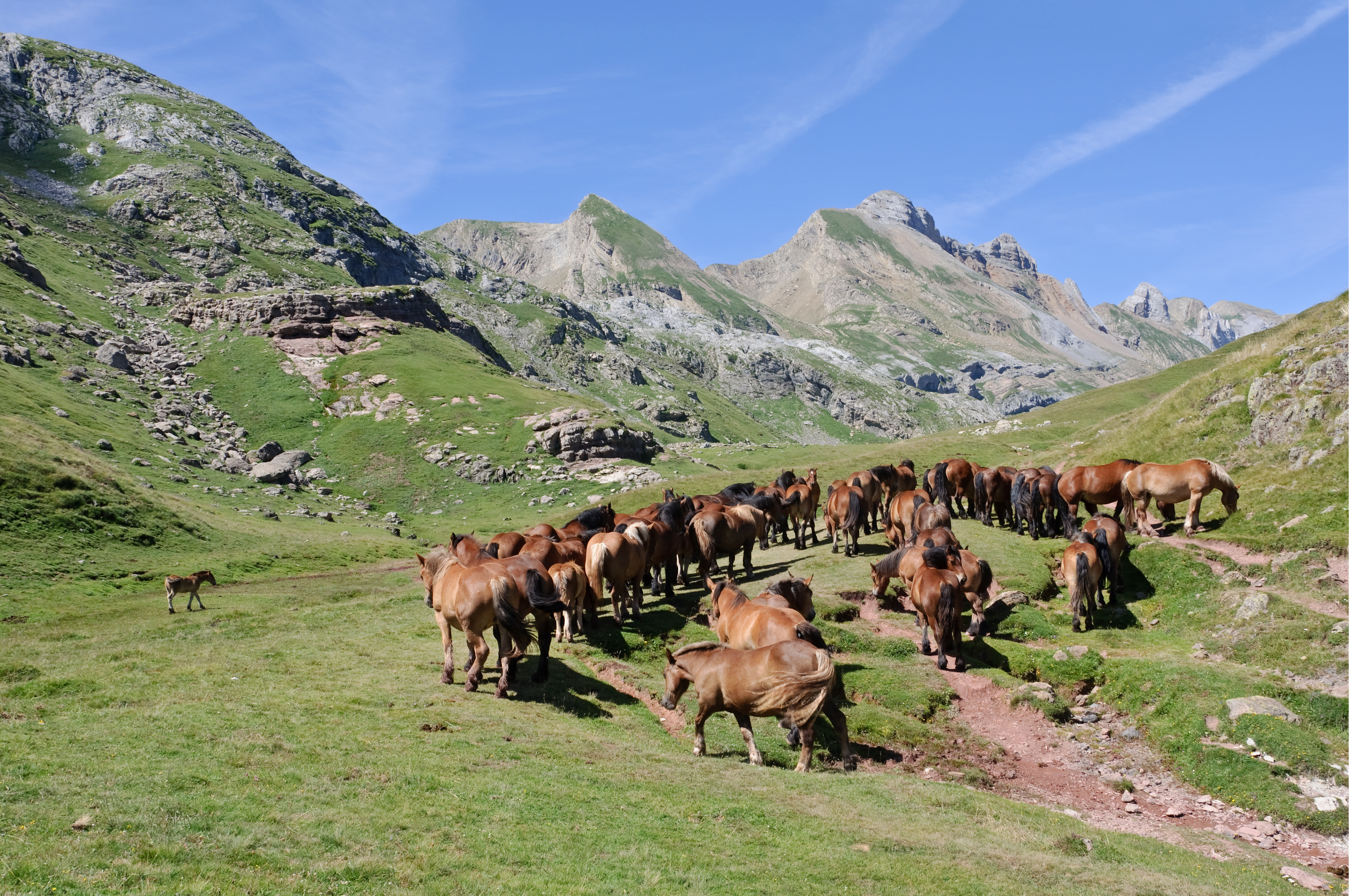|
Al-Kasom Regional Council
al-Kasom Regional Council ( he, מועצה אזורית אל קסום, ''Mo'atza Azorit El Kassum'', ar, المجلس الإقليمي القيصوم, ''al-Majlis al-Iqlīmī al-Qayṣūm'') is one of two Negev Bedouin regional councils formed as a result of the split of the Abu Basma Regional Council on November 5, 2012. Al-Kasom regional council is in the northwestern Negev desert of Israel. It is made up of seven recognized Bedouin communities: Tirabin al-Sana, Umm Batin, al-Sayyid, Mulada, Makhul, Kukhleh (Abu Rubaiya) and Drijat (Durayjat). The overall population is over 20,000 (as of June 2013). There are also Bedouin living in unrecognized villages whose exact number is unknown. The al-Kasom Regional Council, as well as Neve Midbar Regional Council are the main arena for the implementation of the Prawer Plan, which was shelved in 2013. History Legal background Prior to the establishment of Israel, the Negev Bedouins were a semi-nomadic pastoralist society undergoing ... [...More Info...] [...Related Items...] OR: [Wikipedia] [Google] [Baidu] |
Negev Bedouin
The Negev Bedouin ( ar, بدو النقب, ''Badū an-Naqab''; he, הבדואים בנגב, ''HaBedu'im BaNegev'') are traditionally pastoral nomadic Arab people, Arab tribes (Bedouin), who until the later part of the 19th century would wander between Saudi Arabia in the east and the Sinai Peninsula in the west. Today they live in the Negev region of Israel. The Bedouin tribes adhere to Islam. From 1858 during Ottoman Empire, Ottoman rule, the Negev Bedouin underwent a process of sedentarization which accelerated after the founding of Israel. In the 1948 Arab–Israeli War, most resettled in neighbouring countries. With time, some started returning to Israel and about 11,000 were recognized by Israel as its citizens by 1954. Between 1968 and 1989, Israel built seven townships in the northeast Negev for this population, including Rahat, Hura, Tel as-Sabi, Ar'arat an-Naqab, Lakiya, Kuseife and Shaqib al-Salam. Others settled outside these townships in what is called the Unrecog ... [...More Info...] [...Related Items...] OR: [Wikipedia] [Google] [Baidu] |
Ottoman Empire
The Ottoman Empire, * ; is an archaic version. The definite article forms and were synonymous * and el, Оθωμανική Αυτοκρατορία, Othōmanikē Avtokratoria, label=none * info page on book at Martin Luther University) // CITED: p. 36 (PDF p. 38/338) also known as the Turkish Empire, was an empire that controlled much of Southeast Europe, Western Asia, and Northern Africa between the 14th and early 20th centuries. It was founded at the end of the 13th century in northwestern Anatolia in the town of Söğüt (modern-day Bilecik Province) by the Turkoman tribal leader Osman I. After 1354, the Ottomans crossed into Europe and, with the conquest of the Balkans, the Ottoman beylik was transformed into a transcontinental empire. The Ottomans ended the Byzantine Empire with the conquest of Constantinople in 1453 by Mehmed the Conqueror. Under the reign of Suleiman the Magnificent, the Ottoman Empire marked the peak of its power and prosperity, as well a ... [...More Info...] [...Related Items...] OR: [Wikipedia] [Google] [Baidu] |
Unrecognized Bedouin Villages In Israel
Unrecognized Bedouin villages in Israel are rural Bedouin communities in the Negev and the Galilee which the Israeli government does not recognize as legal. They are often referred to as "unrecognized villages". General data Number of the villages The exact number of unrecognized Bedouin villages is unknown. Different bodies use different definitions of the term "village". As a result, numbers offered by them differ, but there is an increase in the last decade, in spite of a slow recognition process of some of these communities. According to Maha Qupty, representing the Bedouin advocacy organization RCUV, in 2004 there were 45 unrecognized Bedouin villages in the Negev. According to the Human Rights Watch report based upon the 2006 statistics offered by the Adva Center,Shlomo Swirski and Yael Hasson,Invisible Citizens: Israeli Government Policy Toward the Negev Bedouin, "Adva Center – Information on Equality and Social Justice in Israel", February 2006 approximately half of B ... [...More Info...] [...Related Items...] OR: [Wikipedia] [Google] [Baidu] |
Southern District (Israel)
The Southern District ( he, מחוז הדרום, ''Meḥoz HaDarom''; ar, لواء الجنوب) is one of Israel's six administrative districts, the largest in terms of land area but the most sparsely populated. It covers most of the Negev desert, as well as the Arava valley. The population of the Southern District is 1,086,240 and its area is 14,185 km2. Its population is 79.66% Jewish and 12.72% Arab (mostly Muslim), with 7.62% of other origins. The district capital is Beersheba, while the largest city is Ashdod. Beersheba's dormitory towns of Omer, Meitar, and Lehavim are affluent on an Israel scale, while the development towns of Dimona, Sderot, Netivot, Ofakim, and Yeruham and the seven Bedouin cities are lower on the socio-economic scale. [...More Info...] [...Related Items...] OR: [Wikipedia] [Google] [Baidu] |
Dunam
A dunam ( Ottoman Turkish, Arabic: ; tr, dönüm; he, דונם), also known as a donum or dunum and as the old, Turkish, or Ottoman stremma, was the Ottoman unit of area equivalent to the Greek stremma or English acre, representing the amount of land that could be ploughed by a team of oxen in a day. The legal definition was "forty standard paces in length and breadth", but its actual area varied considerably from place to place, from a little more than in Ottoman Palestine to around in Iraq.Λεξικό της κοινής Νεοελληνικής (Dictionary of Modern Greek), Ινστιτούτο Νεοελληνικών Σπουδών, Θεσσαλονίκη, 1998. The unit is still in use in many areas previously ruled by the Ottomans, although the new or metric dunam has been redefined as exactly one decare (), which is 1/10 hectare (1/10 × ), like the modern Greek royal stremma. History The name dönüm, from the Ottoman Turkish ''dönmek'' (, "to turn"), appears ... [...More Info...] [...Related Items...] OR: [Wikipedia] [Google] [Baidu] |
Israeli Ministry Of Interior
The Ministry of Interior ( he, משרד הפנים, ''Misrad HaPnim''; ar, وزارة الداخلية) in the State of Israel is one of the government offices that is responsible for local government, citizenship and residency, identity cards, and student and entry visas. The current Minister is Ayelet Shaked. Responsibilities * Providing citizenship and permanent resident status. * Issuing of entry visas and staying visas in the country. * Inhabitants administration: personal registration ** Issuing of Israeli identity cards. ** Issuing of Israeli passports. ** Personal registrations such as birth, marriage etc. * Local government, city councils and local councils supervision ** Appointing and dismissing District Commissioners * Elections * Associations * Planning and building supervising Departments * Local Government Administration * Planning Administration * Emergency Service Administration * Biometric Database Administration Authority * Population and Immigration Aut ... [...More Info...] [...Related Items...] OR: [Wikipedia] [Google] [Baidu] |
Abu Basma Map
Abu or ABU may refer to: Places * Abu (volcano), a volcano on the island of Honshū in Japan * Abu, Yamaguchi, a town in Japan * Ahmadu Bello University, a university located in Zaria, Nigeria * Atlantic Baptist University, a Christian university located in Moncton, New Brunswick, Canada * Elephantine, Egypt, known as Abu to the Ancient Egyptians * A. A. Bere Tallo Airport (IATA: ABU), in Atambua, Indonesia * Mount Abu, the highest mountain in the Indian state of Rajasthan People * Abu (Arabic term), a component of some Arabic names * Ab (Semitic), a common part of Arabic-derived names, meaning "father of" in Arabic * Abu al-Faraj (other) * Abu Baker Asvat, a murdered South African activist and medical doctor * Abu Ibrahim (other) * Abu Mohammed (other) * Abu Salim (other) *Abdul-Malik Abu (born 1995), American basketball player in the Israeli Premier Basketball League * Raneo Abu, Filipino politician Other uses * Abu (god), a minor god of vege ... [...More Info...] [...Related Items...] OR: [Wikipedia] [Google] [Baidu] |
Urbanization
Urbanization (or urbanisation) refers to the population shift from rural to urban areas, the corresponding decrease in the proportion of people living in rural areas, and the ways in which societies adapt to this change. It is predominantly the process by which towns and cities are formed and become larger as more people begin living and working in central areas. Although the two concepts are sometimes used interchangeably, urbanization should be distinguished from urban growth. Urbanization refers to the ''proportion'' of the total national population living in areas classified as urban, whereas urban growth strictly refers to the ''absolute'' number of people living in those areas. It is predicted that by 2050 about 64% of the developing world and 86% of the developed world will be urbanized. That is equivalent to approximately 3 billion urbanites by 2050, much of which will occur in Africa and Asia. Notably, the United Nations has also recently projected that nearly all gl ... [...More Info...] [...Related Items...] OR: [Wikipedia] [Google] [Baidu] |
Township
A township is a kind of human settlement or administrative subdivision, with its meaning varying in different countries. Although the term is occasionally associated with an urban area, that tends to be an exception to the rule. In Australia, Canada, Scotland and parts of the United States, the term refers to settlements too small or scattered to be considered urban. Australia ''The Australian National Dictionary'' defines ''township'' as: "A site reserved for and laid out as a town; such a site at an early stage of its occupation and development; a small town". The term refers purely to the settlement; it does not refer to a unit of government. Townships are governed as part of a larger council (such as that of a shire, district or city) or authority. Canada In Canada, two kinds of township occur in common use. *In Eastern Canada, a township is one form of the subdivision of a county. In Canadian French, this is a . Townships are referred to as "lots" in Prince Edward ... [...More Info...] [...Related Items...] OR: [Wikipedia] [Google] [Baidu] |
Umm Batin House
Umm () means ''mother'' in Arabic. It is a common Arabic feminine given name and generic prefix for Semitic place names. It may refer to: Places Bahrain *Ain Umm Sujoor, an archaeological site *Umm an Nasan, an island *Umm as Sabaan, an islet Egypt *Umm Kulthum Museum, in Old Cairo * Umm Naggat mine *Umm El Qa'ab, a necropolis *Zawyet Umm El Rakham, an archaeological site Iraq *Umm al Binni lake *Umm Qasr, a port city **Umm Qasr Port Israel *Umm Batin, a village *Umm al-Fahm, a city *Shibli–Umm al-Ghanam, a town *Umm al-Hiran, a village *Umm al-Qutuf, a village Jordan * Umm al Birak, a town *Jabal Umm Fruth Bridge *Jabal Umm ad Dami, a mountain *Mount Umm Daraj *Umm el-Jimal, a village *Umm al Kundum, a town *Umm Qais, a town *Umm al Qanafidh, a town *Umm Shujayrah al Gharbiyah, a town *Umm Zuwaytinah, a town Kuwait *Umm al Maradim Island *Umm an Namil Island, Kuwait Bay, Persian Gulf Libya *Umm al Ahrar, an oasis *Qabr Umm al Hishah, an oasis *Umm al Rizam, a town Palest ... [...More Info...] [...Related Items...] OR: [Wikipedia] [Google] [Baidu] |
Israel Defense Forces
The Israel Defense Forces (IDF; he, צְבָא הַהֲגָנָה לְיִשְׂרָאֵל , ), alternatively referred to by the Hebrew-language acronym (), is the national military of the Israel, State of Israel. It consists of three service branches: the Israeli Ground Forces, the Israeli Air Force, and the Israeli Navy. It is the sole military wing of the Israeli security forces, Israeli security apparatus, and has no civilian jurisdiction within Israel. The IDF is headed by the Chief of the General Staff (Israel), Chief of the General Staff, who is subordinate to the Ministry of Defense (Israel), Israeli Defense Minister. On the orders of David Ben-Gurion, the IDF was formed on 26 May 1948 and began to operate as a Conscription in Israel, conscript military, drawing its initial recruits from the already-existing paramilitaries of the Yishuv—namely Haganah, the Irgun, and Lehi (militant group), Lehi. Since its formation shortly after the Israeli Declaration of Independen ... [...More Info...] [...Related Items...] OR: [Wikipedia] [Google] [Baidu] |
Sedentarization
In cultural anthropology, sedentism (sometimes called sedentariness; compare sedentarism) is the practice of living in one place for a long time. , the large majority of people belong to sedentary cultures. In evolutionary anthropology and archaeology, ''sedentism'' takes on a slightly different sub-meaning, often applying to the transition from nomadic society to a lifestyle that involves remaining in one place permanently. Essentially, sedentism means living in groups permanently in one place. The invention of agriculture led to sedentism in many cases, but the earliest sedentary settlements were pre-agricultural. Initial requirements for permanent, non-agricultural settlements For small-scale nomadic societies it can be difficult to adopt a sedentary lifestyle in a landscape without on-site agricultural or livestock breeding resources, since sedentism often requires sufficient year-round, easily accessible local natural resources. Non-agricultural sedentism requires good p ... [...More Info...] [...Related Items...] OR: [Wikipedia] [Google] [Baidu] |





.jpg)
